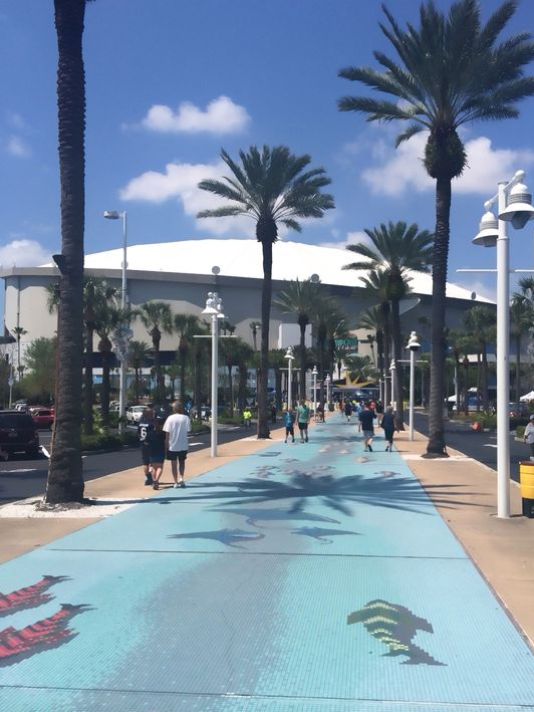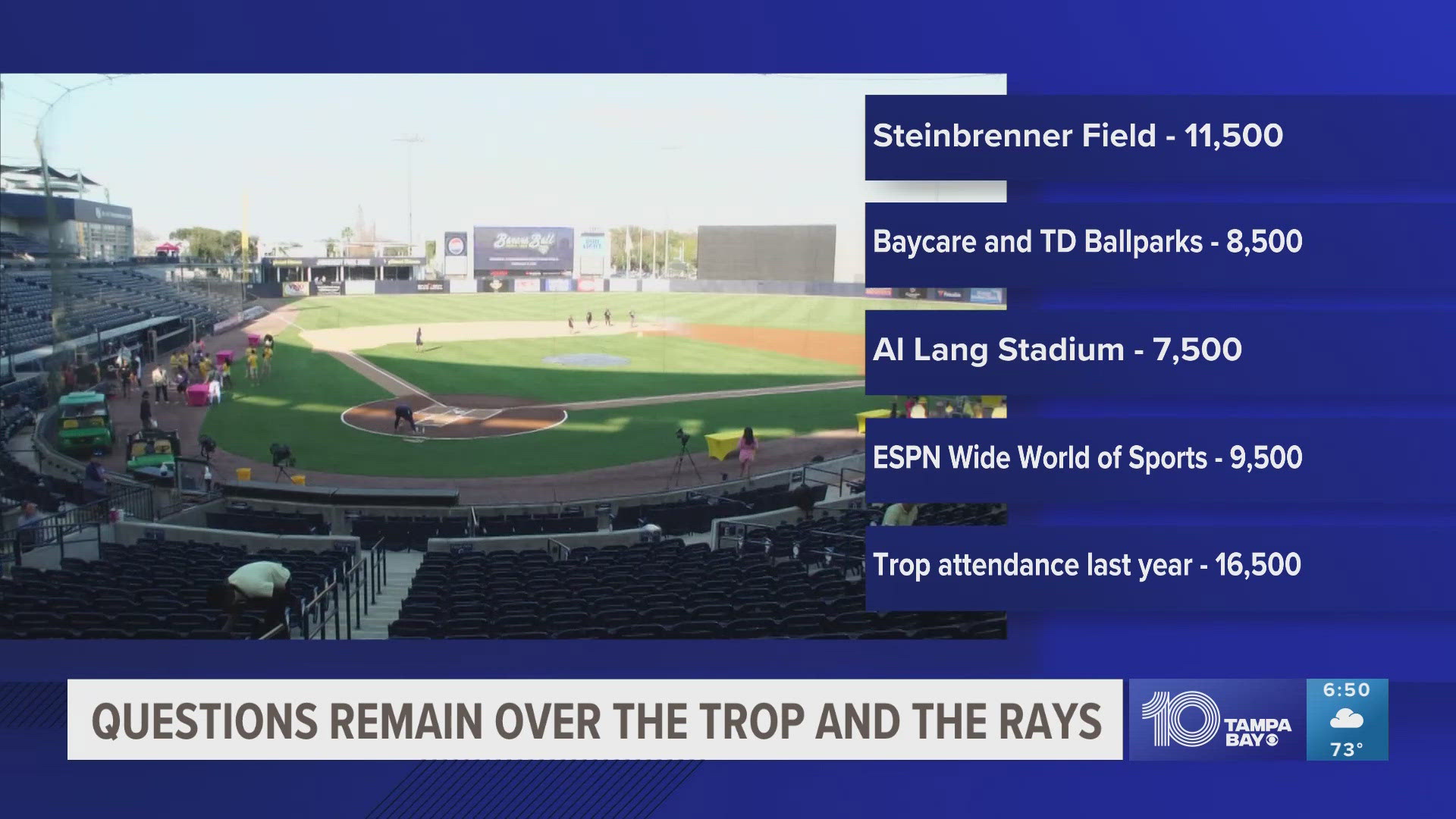Forget what you've heard around the watercooler. What are the real reasons Tampa Bay Rays attendance looks so lousy at Tropicana Field?
We went to an expert, backed up by real numbers, to find out why the Rays can't seem to put fans in the seats -- and whether that means they're doomed to leave Tampa Bay.
The first strike against Rays attendance is the one you've heard the most: Location.
This one has been argued and debated, but hold on! Chris Jones, a USF economics professor who has studied and done consulting on the Rays stadium issue, tells me the numbers really back this up.
The Rays have "the lowest number of residents within a 30-minute drive time of the stadium of any team in Major League Baseball," Jones said.
By the Numbers:2015 MLB Attendance
With a stadium near Downtown St. Petersburg, and no real mass transit, most of the families in the Bay area can't make a quick trip to a weeknight game.
Another stat shows this, too.
Jones says in all of the major leagues, the Rays have the biggest average difference in crowds between low-attendance weeknights -- when living nearby is crucial -- and decent-attendance weekends -- when families have more time to take in a game.
The second strike is one that doesn't hurt only the Rays: Competition with other things to do in Florida.
"With probably the notable exception of the Tampa Bay Lightning, every other sports team in this state -- from the Jaguars, to the Buccaneers, to the Dolphins, to the Marlins, to the Panthers -- have all had attendance struggles over the last 15 years," Jones said.
The data shows Rays fans definitely do exist. The team's local TV ratings are among the strongest of all teams in baseball, only consistently beaten by a handful of national powerhouses.
But when fans in Florida leave the house -- it's often not to go to the ballpark. It's to head to "outdoor activities and events that don't necessarily cost very much," Jones said.
Strike three is one that could improve for the Rays over time: Demographics.
Studies show baseball fans are just older and more set in their ways.
"Fifty percent of all MLB fans are age 55 and over," Jones said.
And MLB, or Major League Baseball, fans who are older -- are slower to switch allegiances and follow a new team. So most Rays fans have to be home-grown.
Well, good news! The second generation of Rays fans is arriving right now.
A nine-year-old watching the first-ever Rays game in 1998 will turn 26 this year. That's the average age women in America have their first child -- and their first potential new Rays fan.
So will the Rays fix all of their problems if they move to a new home? Not easily.
Attendance for every big pro sports team is also facing an even bigger threat -- and there's a chance you're reading this story on it right now.
Many analysts blame smartphones with instant updates and video highlights in pockets, coupled with High Definition TV's in homes, for a decade of pro sports attendance just holding steady or dropping.
And as your smartphone get quicker and your TV picture gets better, that competition gets tougher.
Jones told me the Rays are not doomed to leave Tampa Bay, but they need solutions to manage all of these challenges, and soon.


